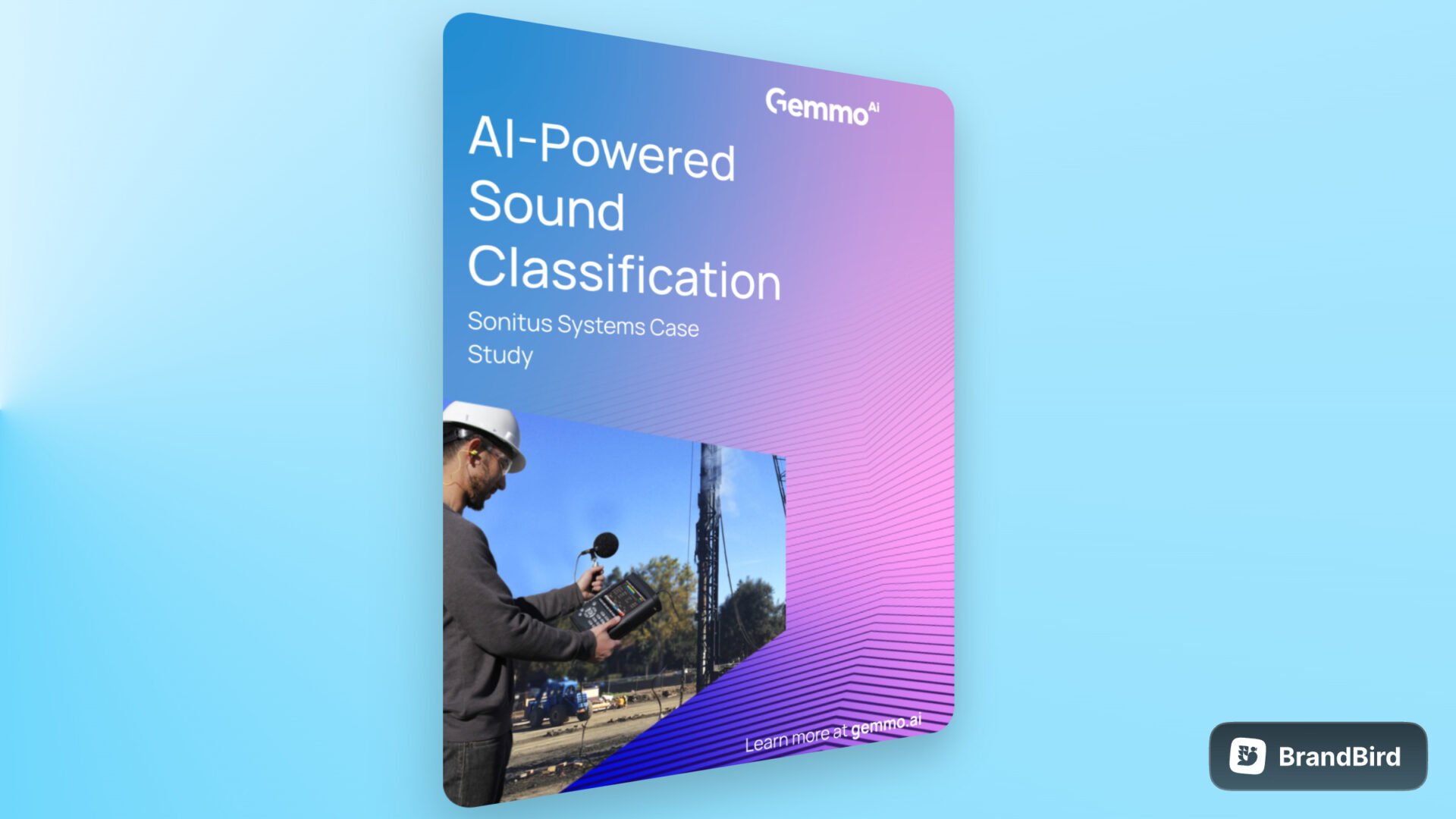Stages of AI Readiness: 3 Steps to Assessment
Looking to find a way to evaluate the readiness of your organisation for AI? Check out Gemmo's 3 Stages of AI Readiness....

Do you know how your company is set for the advancement of Artificial Intelligence? Looking to find a way to evaluate the readiness of your organisation in embracing Machine Learning? Luckily, Gemmo AI wants to help you and your company understand how prepared you are for adopting AI, through Gemmo’s 3 Stages of AI Readiness.
In this article, we’ve created a series of stages to help you determine where your business stands in preparation for investing – or planning to invest – in AI.
The Benefits of AI for Enterprises
The benefits of Machine Learning are numerous. AI can provide your company with solutions for problems ranging from difficult issues to everyday challenges. Such solutions can tackle:
- streamlining tasks
- increasing efficiency,
- bettering time management,
- lowering costs.
For a good starting point, check out Part 1 of our AI Readiness series: Assessing Your Artificial Intelligence Readiness. This article looks at the three elements each organisation should ask themselves about when beginning to explore and seek AI solutions.
Part 2 of the series is below, with the aim of addressing the three key stages of AI Readiness.
Stage 1 of AI Readiness: Exploration (Planning)
Exploration is the earliest stage of the AI Readiness process. As an organisation, perhaps you are exploring what AI is, and the value that Machine Learning can bring to your business.
Usually, organisations in this stage do not have access to AI solutions. However, it may be of interest for your enterprise to pursue a first Proof of Concept (POC). A POC is usually a pilot project that includes a design concept and business proposal.
Once you shift from a general awareness of AI to targeted questions about problems and opportunities that AI can help address, that is where Gemmo AI comes in.
Gemmo AI offers bespoke algorithms as AI solutions built uniquely around your systems, your problems, and goals. A great starting point for examining the benefits of AI for your company, is brainstorming the below three questions with your team:
- How can AI create value for our business?
- How are our competitors using AI?
- What can we do?
In the stage of Exploration, pilot projects are brainstormed and plans are formulated of how to use AI to complete certain tasks within your business. It’s the starting place to lay out which use cases you want to target and improve within your organisation.
This stage builds the road map. Furthermore, the shift from the Exploration stage to the Experimentation stage occurs when AI solutions are seen as a benefit. After this shift, you can visualise how AI may be used to handle particular business operations and create new business opportunities.
Stage 2 of AI Readiness: Experimentation
The Experimentation stage begins by testing hypotheses. It’s important to examine what value can be created for your business through specific AI solutions.
This stage will demonstrate whether your company is willing to experiment with AI and its usefulness for your technology business cases. Organisations in this stage should be capable of identifying which goals they would like to achieve with AI.
One of the first Proof of Concept (POCs) that a business will encounter arrives in this stage. The POC begins with the identification that an AI software vendor or a technical internal team is needed in order to support and carry out the deployment of AI technology.
Next, this POC should include a feasibility study and Application Programming Interfaces (APIs). APIs act as a software intermediary that allows two various applications to communicate with the other.
AI should be set up for use cases that have a high likelihood of success. It’s critical to recognise the potential of your data as artificial intelligence (AI) may assist you in determining if a particular problem has a solution.
The company’s focus is centred on risk calculation and themes such as dependability, trustworthiness, and responsibility.
At this stage, your company should know:
- what AI is.
- why your business would need AI.
- if you have already completed a POC.
- that your competitors are using AI.
Stage 3 of AI Readiness: Stabilisation
The Stabilisation phase begins after your company has successfully launched its initial AI projects into production. These are often pilots used to acquire a clear business advantage.
During Stabilisation, you will have created a ready-to-use solution for your use cases. If the company has not yet reached development in AI Governance, this stage will quickly expose any weaknesses.
At this stage, your company should know:
- AI is part of your current offering.
- AI is marketed on your website.
- You have a team of in-house specialists, and/or you have a partnership with an existing provider.
As the next step in this process, you can begin to scale your tasks and business. To do this, you can enhance or improve the efficiencies of your AI model or AI algorithm.
Conclusion: The 3 Stages of AI Readiness
It is very important to know your organisation’s goals and objectives first. From this, you can see what use cases are of most importance to your organisation and to see where will be the most benefit and value in using AI for your output goals.
Keep in mind the value that AI can bring to certain areas of your business. Such areas can include streamlining tasks, saving costs, time, or resources.
Sit down with your team and stakeholders to address output goals, growth strategy, and your competitive advantage against other businesses in the same industry. Brainstorm, answer questions, build a roadmap, and ultimately a Proof of Concept to begin your AI journey.
Be mindful of your organisational goals and how to merge your use cases with AI.



